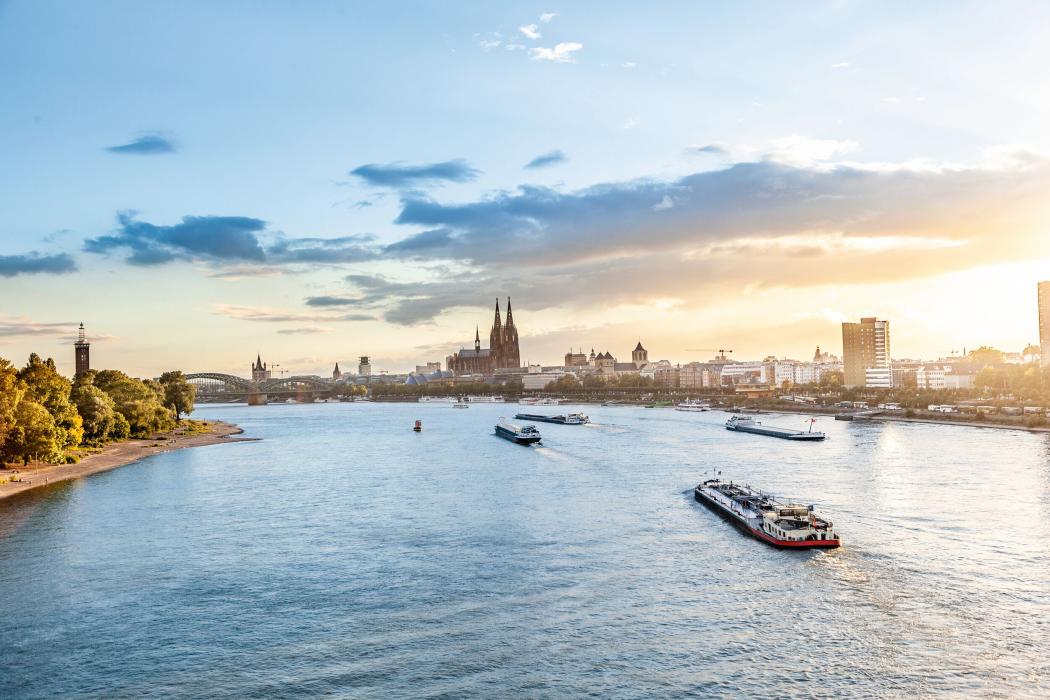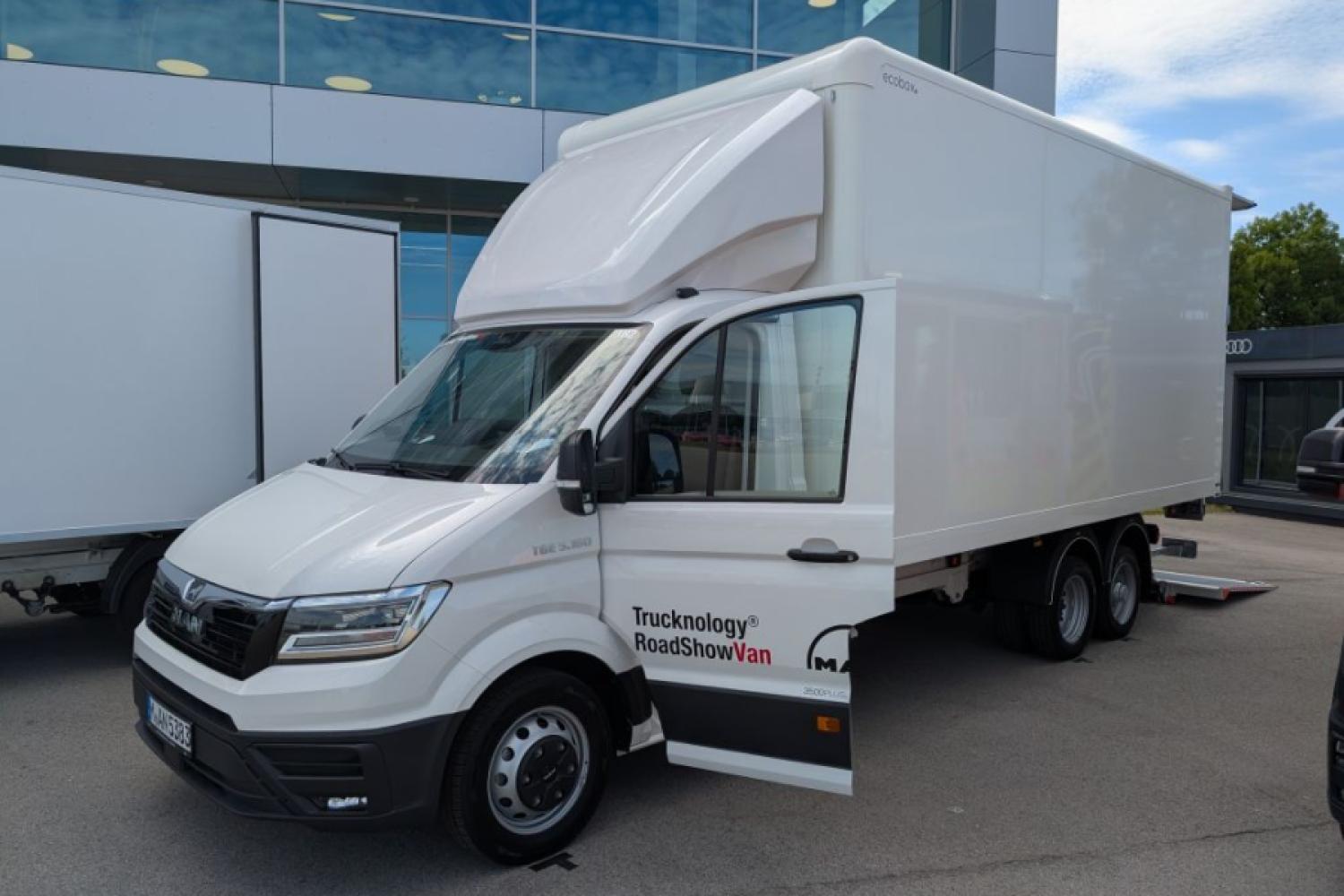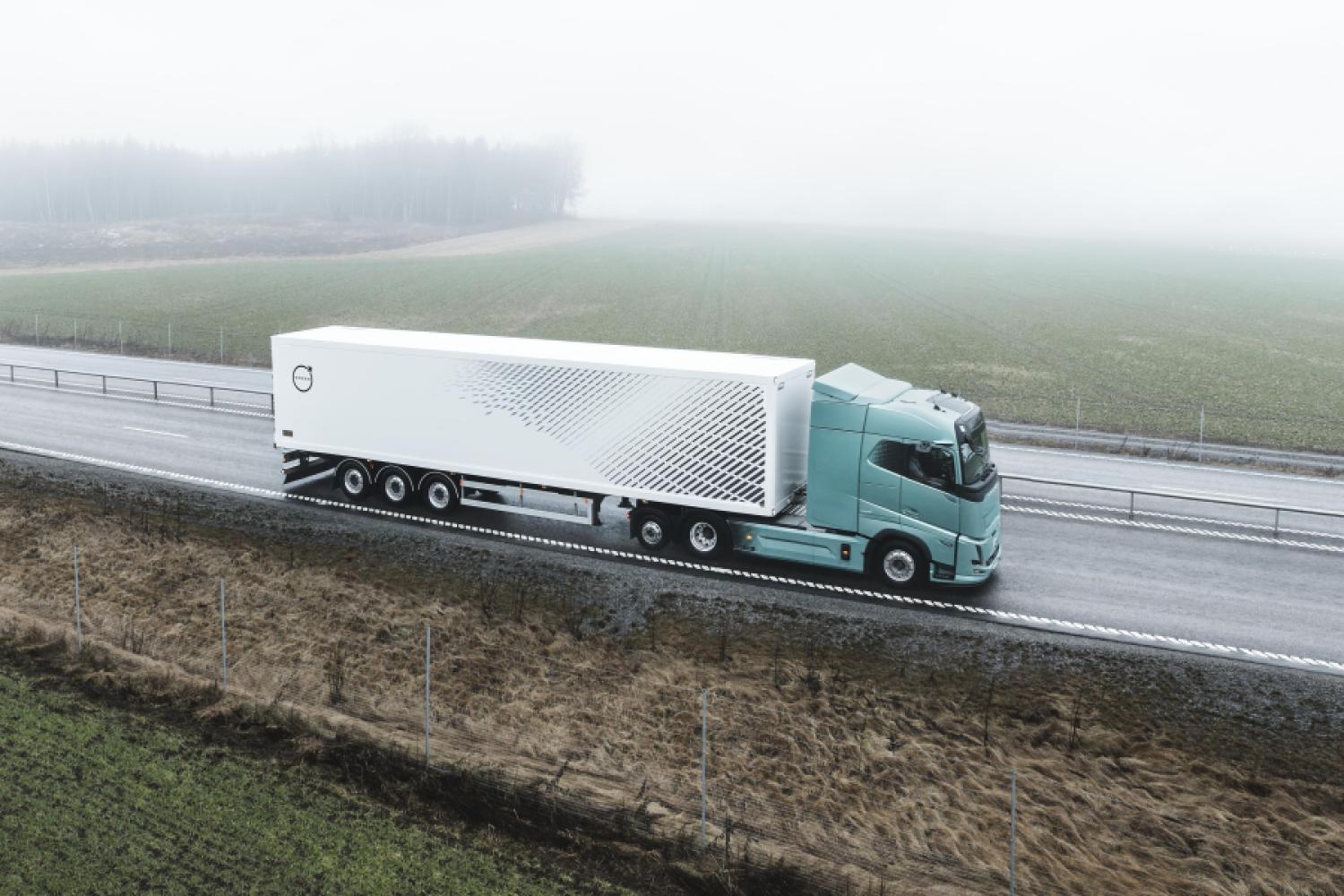Only 173.8 million tons of goods were transported on German inland waterways in 2024, according to the Federal Statistical Office. In the German modal split, this mode of transport accounts for just 6.1 percent of total freight transport based on transport performance and four percent based on transport volume (2023), leading to somewhat of a shadowy existence. Rightfully so?
The Rhine as a Lifeline
Measuring the importance of the mode of transport solely by tonnage
seems misleading to Matthias Roeser, an advisor in Berlin for the Federal Association of German Inland Navigation (BDB). Inland vessels are particularly suited for oversized and heavy transports such as rotor blades for wind turbines. The relevance for the chemical industry is also significant. "The Rhine is an essential lifeline for BASF in Ludwigshafen," says Ralf Busche, Senior Vice President European Site Logistics Operations at BASF, who is responsible for logistics at the site. 4.5
million tons of raw materials and saleable products are transported by ship to and from BASF Ludwigshafen annually.
The mode of transport can also score points in terms of sustainability, as a modern inland ship can replace more than 100 trucks by itself. Additionally, it is compatible with rail transport: “If some of the non-time-critical goods, such as ores, building materials, or agricultural goods, switch from rail to inland shipping, this could, for example, relieve
the overburdened rail network along the Rhine,” it is explained. There are also untapped potentials in city logistics: In Hamburg, a “Freight Flow Coalition” is working to test this within the European research project InnoWaTr.
What is holding back inland shipping – and where are the development opportunities? What role can this mode of transport play in the future modal split? In issue 5/2025 of LOGISTIK HEUTE, the editorial team is on the trail of






